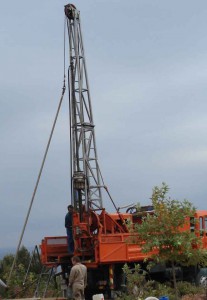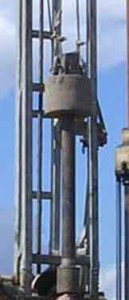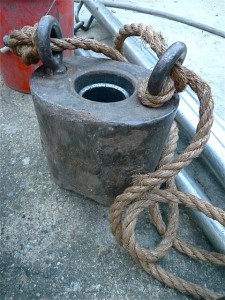Today I came across a very interesting paper regarding site investigation with SPT and CPT. In this paper written by J. D. Rogers, the historical development of SPT from its creation from Charles R. Gow, to its modification and standardization by K. Terzaghi and A. Casagrande and its standardized use today are presented.
regarding site investigation with SPT and CPT. In this paper written by J. D. Rogers, the historical development of SPT from its creation from Charles R. Gow, to its modification and standardization by K. Terzaghi and A. Casagrande and its standardized use today are presented.
The road to SPT corrections and the reasoning behind them is provided while a critical evaluation of these corrections is presented. Some pitfalls in the execution and evaluation of the results can be found in this paper. Practitioners will find it to be a good review regarding SPT and new geotechnical engineers can understand the limitations of the methods.
Some issues that are not covered in detail regarding SPT testing and in my opinion are very important are the operator’s (driller) proficiency and the appropriate supervise. This is of paramount importance and I would like to share some insight.
I was present at an SPT execution in a hot summer day around 2:00 pm, the test had started while the geologist in charge and I were evaluating some outcrop geology not too far from the drill. As we started approaching the drill (the driller could not see as yet) I observed a very lazy move in the way the rope was tightened in the rotating drum.
The SPT hammer (a safety donut type, picture 2) was not traveling the appropriate height before it was released for its free fall. Even when it was released the driller was somehow holding very loosely the rope so the energy of impact was even more reduced. As it is easily understood the SPT blow count would be significantly higher than that required for the specific conditions if the test was executed correctly.
Another time I observed a driller (probably wanted to impress his supervisor) executing the test in a very quick pace. During this quick pace he was lifting the donut hammer and not releasing it as quickly needed for that pace. The safety donut was hitting the rod in the upper end (picture 3), displacing it upwards from the ground. It is easily understood that SPT blow counts again would not be correct.
Automated SPT execution equipment are available that could eliminate these issues but they are not a standard practice due to cost and other operational issues. Even if such equipment were used, other problems could arise during SPT execution.
It is very important to understand that SPT values are numbers with high scatter, even for very homogeneous materials, when evaluating ground properties, great care and judgment must be executed. Corrections can be found and applied but human errors are not so easy to predict or account for.

